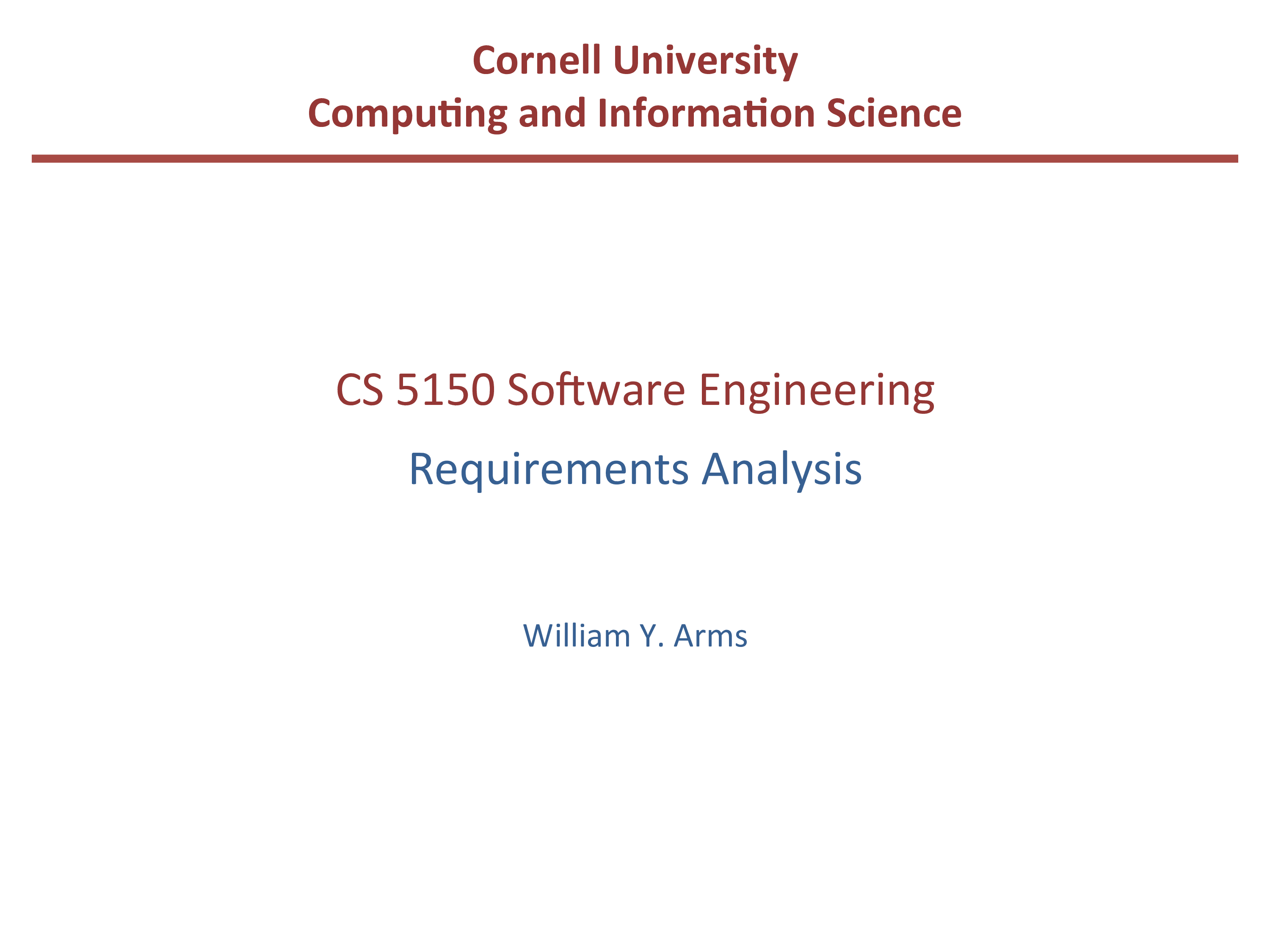Software Engineering Requirements Analysis
Save, fill-In The Blanks, Print, Done!

Download Software Engineering Requirements Analysis
Adobe Acrobat (.pdf)- This Document Has Been Certified by a Professional
- 100% customizable
- This is a digital download (128.17 kB)
- Language: English
- We recommend downloading this file onto your computer.
How to draft a Software Engineering Requirements Analysis? An easy way to start completing your document is to download this Software Engineering Requirements Analysis template now!
Every day brings new projects, emails, documents, and task lists, and often it is not that different from the work you have done before. Many of our day-to-day tasks are similar to something we have done before. Don't reinvent the wheel every time you start to work on something new!
Instead, we provide this standardized Software Engineering Requirements Analysis template with text and formatting as a starting point to help professionalize the way you are working. Our private, business and legal document templates are regularly screened by professionals. If time or quality is of the essence, this ready-made template can help you to save time and to focus on the topics that really matter!
Using this document template guarantees you will save time, cost and efforts! It comes in Microsoft Office format, is ready to be tailored to your personal needs. Completing your document has never been easier!
Download this Software Engineering Requirements Analysis template now for your own benefit!
Examples: • Resistance to change • Departmental fricEon (e.g., transfer of staff) • Management strengths and weaknesses Requirements Analysis: Stakeholders Iden1fy the stakeholders: Who is affected by this system Client Senior management ProducEon staff CompuEng staff Customers Users (many categories) etc., etc., etc., Example: Web shopping site (shoppers, administraEon, finance, warehouse) CS 5150 projects that build web applicaEons o(en find that the administraEve system that is not seen by the users is bigger than the part of the site that is visible to the users.. Example: Windows XP boot faster Defining and CommunicaEng Requirements Objec1ves • Record agreement between clients and developers • Provide a basis for acceptance tesEng • Provide visibility • Be a foundaEon for program and system design • Communicate with other teams who may work on or rely on this system • Inform future maintainers Defining and CommunicaEng Requirements: Realism and Verifiability Requirements must be realis1c, i.e., it must be possible to meet them.. Example of Non-‐FuncEonal Requirements Example: Library of Congress Repository Use technology that the client s staff are familiar with: • Hardware and so(ware systems (IBM/Unix) • Database systems (Oracle) • Programming languages (C and C++) Recognize that the client is a federal library • RegulaEons covering government systems, e.g., accessibility to people with disabiliEes • Importance of developing a system that would be respected by other major libraries Requirements: NegoEaEon with the Client Some requests from the client may conflict with others: Recognize and resolve conflicts (e.g., funcEonality v..
DISCLAIMER
Nothing on this site shall be considered legal advice and no attorney-client relationship is established.
Leave a Reply. If you have any questions or remarks, feel free to post them below.
Related templates
Latest templates
Latest topics
- GDPR Compliance Templates
What You Need To Be DPR compliant? Are you looking for useful GDPR document templates to make you compliant? All these compliance documents will be available to download instantly... - Google Sheets Templates
How to work with Google Sheets templates? Where to download useful Google Sheets templates? Check out our samples here. - Drop Shipping Agreement
How to start drop shipping? Do you need a Drop shipping Agreement? Check out our Dropshipping Agreement templates now! - Excel Templates
Where to find usefl Excel templates? How do I create a template in Excel? Check these editable and printable Excel Templates and download them directly! - Google Docs Templates
How to create documents in Google Docs? We provide Google Docs compatible template and these are the reasons why it's useful to work with Google Docs...
cheese

